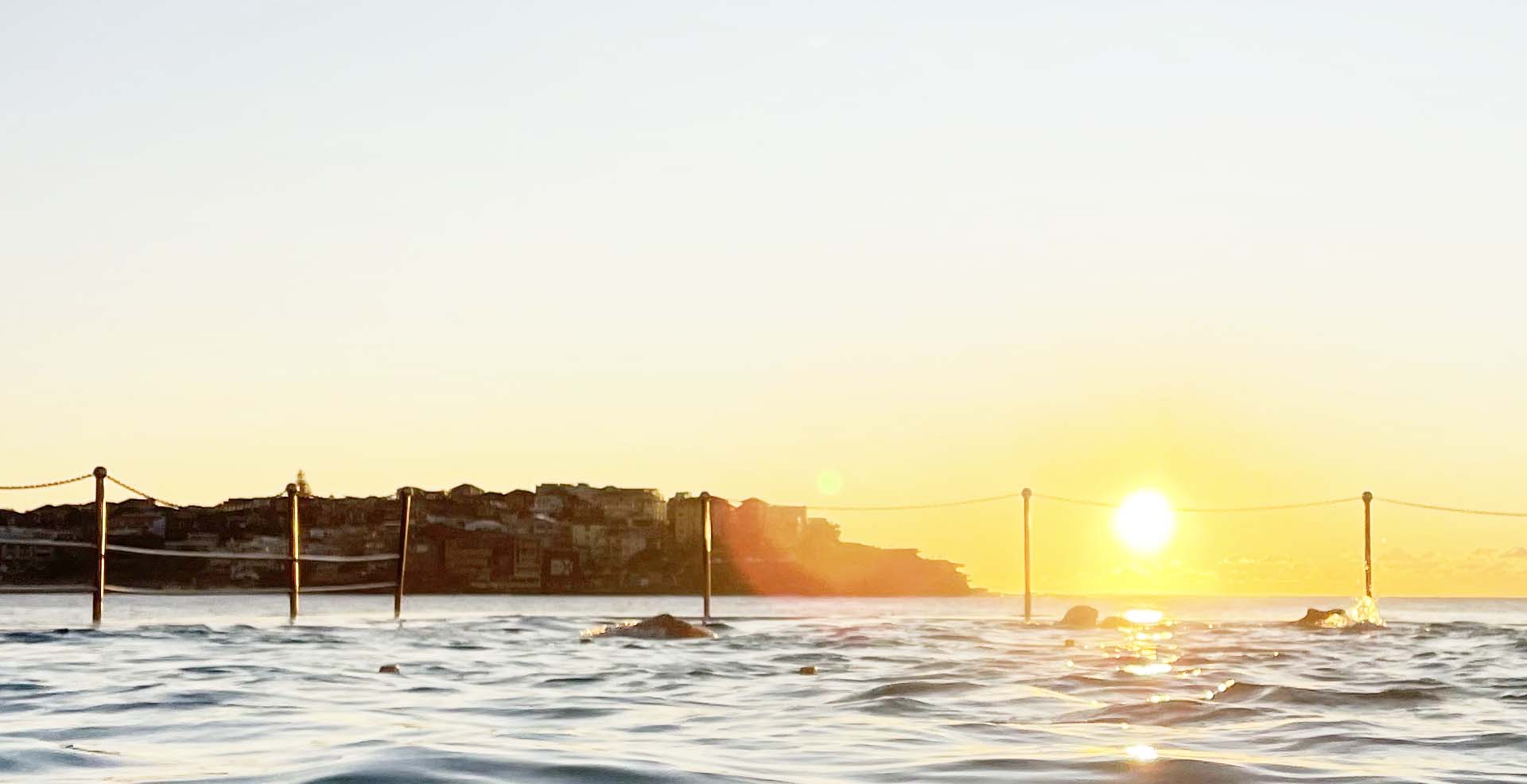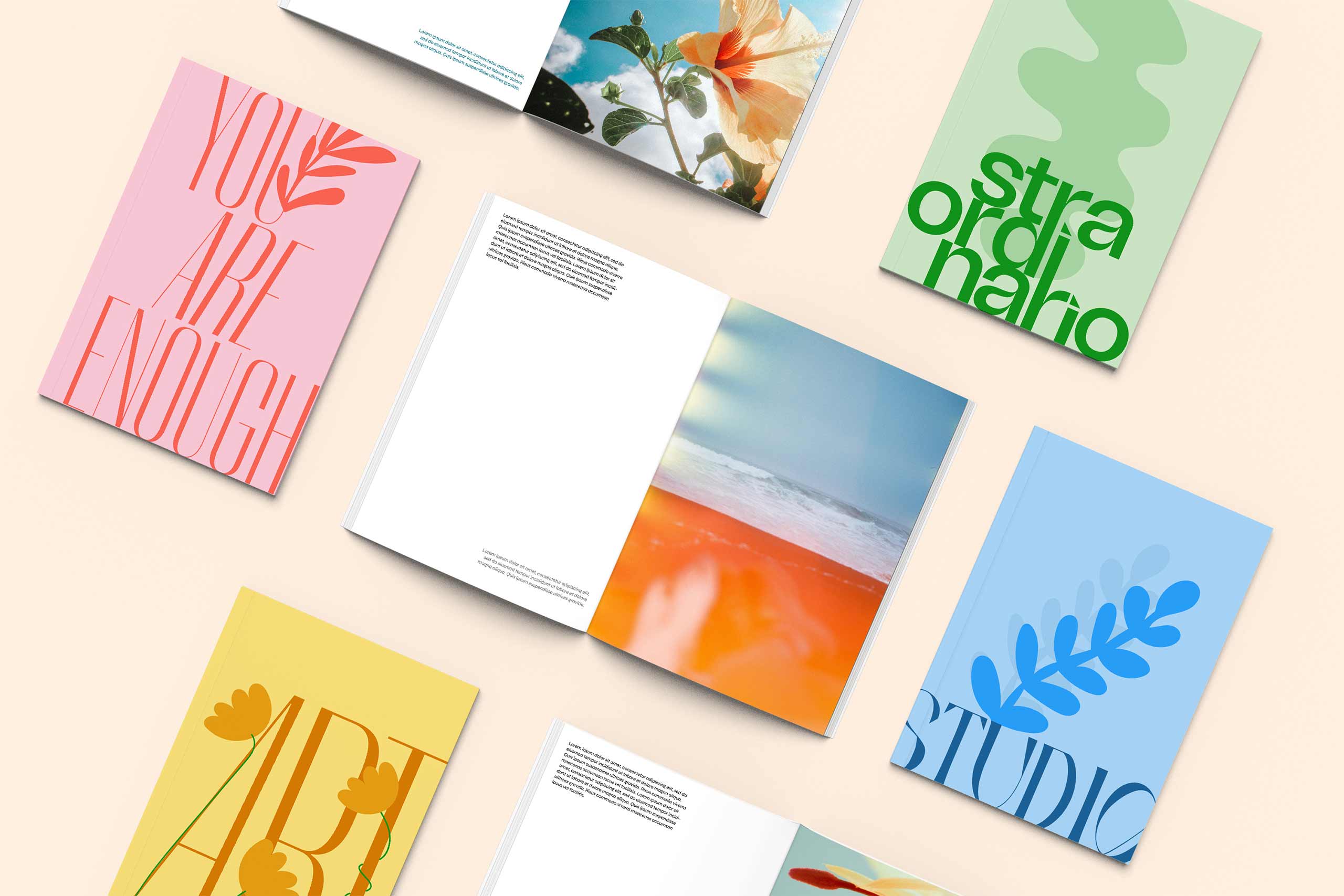Beyond Pretty: Sustainable Web Design That Actually Matters
Remember when websites looked like digital brochures? Then came the wild west era of flashing banners, auto-playing music, and enough plugins to crash your Netscape Navigator. We&#
Sustainable Web Design: 15 Principles for Eco-Friendly Websites
How to build brilliant websites that don’t cost the earth (literally) TL;DR: The Quick Guide to Greener Web Design Short on time? Here’s the gist: The internet produces
5 Ways to Make Your Website Lighter, Faster, and Greener (Without Losing Style)
TL;DR Summary A bloated website doesn’t just frustrate your users—it slows everything down, hurts your search rankings, and leaves a bigger carbon footprint. In this guide,
What Is Sustainable Web Design?
Table of Contents What Is Sustainable Web Design? Why Sustainable Web Design Matters in 2025 The 5 Key Ingredients of Sustainable Web Design How to Measure Your Website’s Car
AI Is Brilliant. But Is It Burning the Planet?
The Unseen Impact of AI Right, let’s talk about AI for a minute. It’s absolutely everywhere at the moment, isn’t it? I’ll be honest — I’m as guilty
How Sustainable Web Design Can Boost Your Brand AND Your Bottom Line
We have long known that a website is more than just a marketing tool—it’s a reflection of your brand’s values and commitment to the future. We’ve been proudly offering
The Complete Guide to Web Design in Sydney:
What You Need to Know At the risk of stating the obvious, having a well-designed website is no longer a luxury; it’s a necessity. Sydney businesses, large and small, are recognis
Sustainable Web Design
The internet’s dirty secret Why is Sustainable Web Design even a thing? …Have you ever throught about much electricity the internet uses? Many of us think about our carbon
How to Create Powerful Landing Pages that Convert
Let’s delve into the art of crafting compelling landing page copy. Here are some invaluable writing tips to help you fashion a persuasive and actionable narrative for your landin
Enhance Your Small Business Website with These Top WordPress Plugins
As a small business owner in Sydney, establishing a strong online presence is crucial in today’s digital content driven landscape. With WordPress, you have access to a wide range












